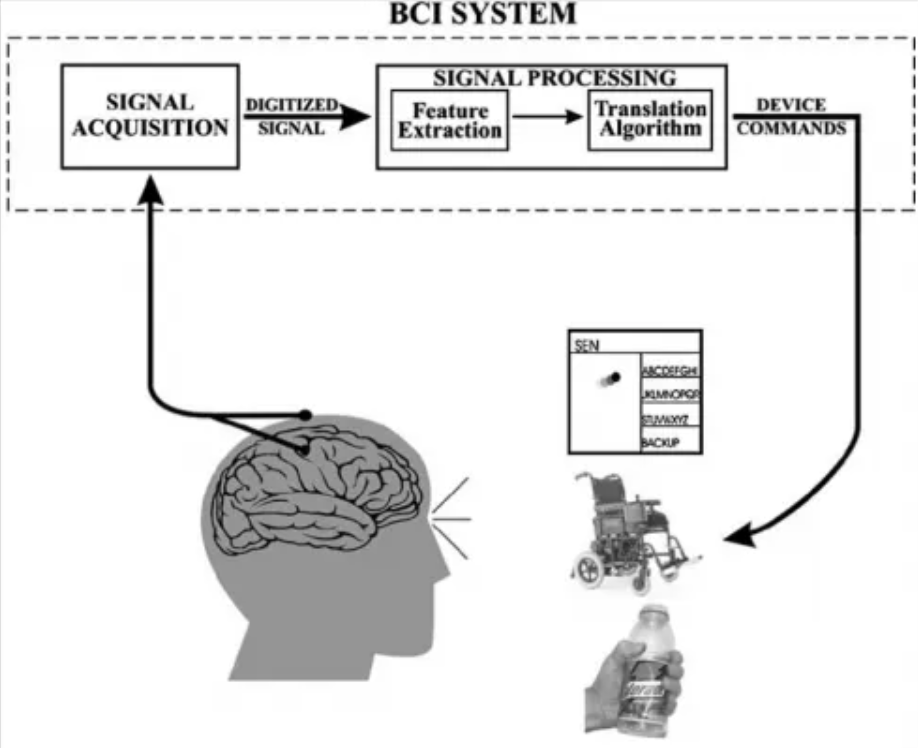VR games are centered around sight and sound, and are currently limited in their spatial and sensory representation. BCI technology can overcome this limitation by using brain waves to allow the brain to manipulate the computer. The convergence of BCI technology and VR is expected to further improve the sense of realism and convenience.
Recently, the commercialization of VR games has been rapidly progressing around the world. VR game rooms are operating in various regions, and it is also being utilized in movies and amusement rides. VR is a cutting-edge technology that creates an artificial environment by calculating human senses such as sight, hearing, touch, smell, and taste with a computer to create a realistic experience. By applying this to games, the motions of various actors are graphically realized, giving users the illusion that they are actually playing the game. However, current VR is mainly focused on creating a sense of reality through visuals, and the precision of motion implementation is not high. If we can increase the precision of motion, we can give users a greater sense of presence. If VR and BCI technology that allows you to control a computer with just your thoughts are combined and developed, it will be possible not only to realize accurate motion, but also to play VR games in a limited space, such as sitting in a chair, which is currently possible in a room of about one square meter. In this section, we will explain what BCI technology is and how it can be integrated with current VR games.
The way VR game rooms work today is that a person enters a room, puts on a VR device, and plays a game alone or with friends online. The player holds a stick in each hand and performs hand gestures in the game, and the VR device projects different images to each eye to create a three-dimensional experience. Add to that the sense of hearing, and you’ve got virtual sound that not only tells you left and right, but also up, down, forward, backward, and distance, making it feel like you’re in the real world. However, this type of VR game requires a large space and lacks the ability to realize touch, smell, and taste. BCI technology is a way to solve this problem.

BCI technology stands for Brain-Computer Interface and refers to a system that directly connects the brain and a computer, allowing the brain to operate a computer or machine. Depending on the researcher, it is sometimes referred to as a brain-machine interface (BMI), but is commonly referred to as a BCI. The interface medium for BCIs is the signals generated by brain activity, known as brain waves. Currently, the significant frequencies available for BCI technology are the mu band of 8-12 Hz and the beta bands of 12-20 Hz, 20-30 Hz, and 13-35 Hz. These frequencies are primarily triggered by motion. Simply imagining an action produces the same brain waves as the brain waves when the action is performed, allowing the computer to operate just by thinking about the action. BCI technology is implemented by detecting, recognizing, and accepting brain activity through a mechanical device, as shown in the photo above, and then analyzing it through a signalization process to issue commands to input and output devices. BCI technology methods are categorized into invasive (insertion) and non-invasive (non-insertion) depending on where the brain waves are measured. Insertional BCI, which involves opening the skull and placing an implant in the brain, provides accurate measurements but can have safety concerns. Non-implantable BCIs, on the other hand, don’t involve any interfaces to the body, with the most promising currently being electroencephalography (EEG) terminals attached to the scalp to read brain waves. This makes it easier to commercialize for the general population.
An example of BCI technology being used in gaming is Neurable, a Boston, USA-based BCI startup that developed the world’s first VR game that lets you control a game character using only your thoughts. You can fight robots, carry objects, and move from place to place in a virtual game environment, and unlike other VR devices, you don’t need a controller. The VR game that Newable recently unveiled at SIGGRAPH 2017 in collaboration with Spanish VR graphics company estudiofuture utilizes HTC’s virtual reality headset, the Vive, and uses seven electrodes to implement the technology. Instead of using EEG brain wave patterns, the game utilizes event-related potentials (ERPs), which are signals that appear when the brain responds to certain stimuli. In Awakening, players play without using their hands, using only their thoughts to grab objects and turn robot dogs into balloon animals. You move from room to room and fight robots on a mission to escape a government-built lab.
Current VR games require you to enter a room and play through software and a headset, but they lack space and some sensory implementation. This is where BCI technology comes in. BCI technology connects the brain and the computer, allowing the brain to manipulate the computer and the machine, and the machine receives the brain’s signals, signalizes them, and helps manipulate them. Implementation methods can be roughly divided into embedded and non-embedded, with the former being more accurate but less safe, and the latter being more commercially viable. This technology can be applied not only to simple games but also to VR games. In fact, Newable has developed a VR arcade game that utilizes BCI technology. BCI technology has the potential to be used in a variety of fields.
